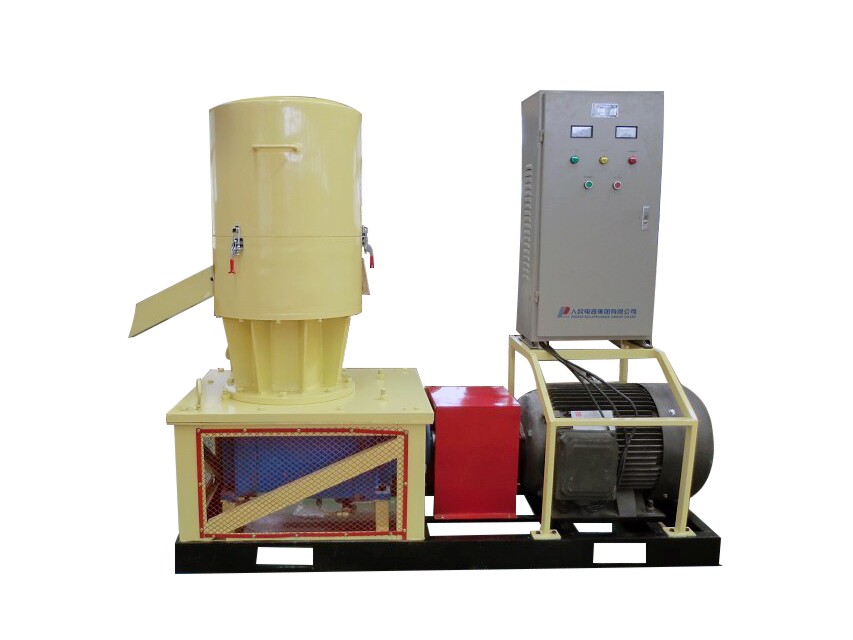
Differences Between Die-Turned and Roller-Turned Pellet Mill
Flat die pellet mills can be further divided into D-type(die-turned) pellet mills and R-type(roller-turned) pellet mills. These two types of pellet mills are quite different from some aspects and they both have their own advantages in pellet making. It is necessary to learn them first if you are going to buy a pellet mill.Working Styles
In the pellet making process, the rollers of the die-turned pellet mills are stationary and the flat dies rotate to grind the raw material powders. The powders are then be pressed into the small holes of the dies and become pellets. While the roller-turned pellet mills work in an opposite way, the flat dies are stationary during this process but the rollers rotate and press powders into the holes.
D-type

R-type
Raw Materials
Both D-type and R-type pellet mills can produce pellets from a large scale of raw materials. But because the roller driven system can provide more pressure, the R-type can also produce pellets from hard wood materials, while the D-type can not.Pellet Products
The pellets produced by these two types are also different. Even use the same materials, the final products can still be easily varied. The surfaces of the pellets made by the roller-driven mills are smoother. These pellets also possess higher densities and higher combustion values. On the other hand, the pellets made by die-driven pellet machines are a little bit rough, and their combustion values are not that high, but still they are more efficient than common firewood and are suitable for home use.
Pellets Made by D-type

Pellets Made by R-type



